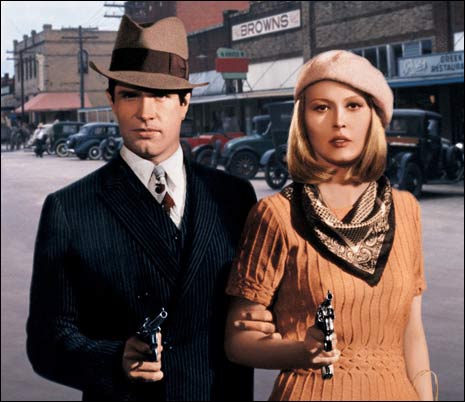For every person there is going to be a different opinion on what should be in a a film that beats the rest. Some people need the best actors and the best story line so that they can be compelled by the emotional entertainment for the film. Others need the greatest technique and cinematography and want an film that can stop at any time and look like a picture. If any film fully captures one of these two types of winning over the audience it will be considered great. The greatest American film of all time would have to incorporate both of these as well as possible in order to be appreciated for many years to come. To me, Citizen Kane is the greatest film of all time because it absolutely delivers in everything that makes a film great.
Citizen Kane's actors and story pull the viewer in to a developing plot line that always makes you wanting more or liking Citizen Kane (Orson Welles), the main star of the film. I think the story of Citizen Kane is one of the best plots of it's time and is still entertaining to this day. The cinematography and mise en scene of this film is nothing but timeless and captures the feel of the film the entire time. I don't consider myself somebody that can fully appreciate that side of a film because I have a hard time noticing the technical aspects of film making. Citizen Kane pushes the boundaries so that you can notice the directors ability to create a story.
The people that think Citizen Kane of all time would have to appreciate both sides of film making. A more technical viewer would notice the film making, and the people that enjoy plot would follow a great story. It is because I feel this way about the film Citizen Kane that I say it is the greatest American film of all time.




